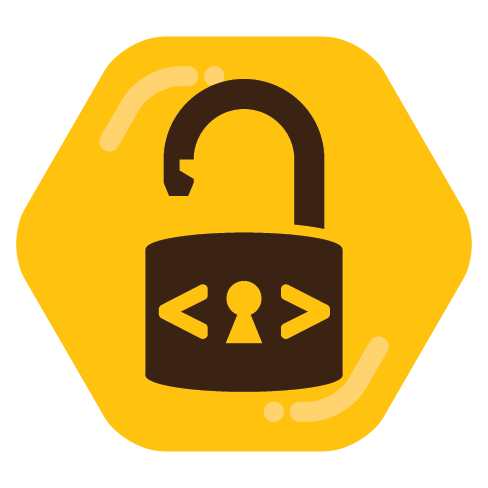

4·
2 months agodeleted by creator


deleted by creator


deleted by creator


deleted by creator


deleted by creator


deleted by creator


deleted by creator


deleted by creator


deleted by creator


deleted by creator


deleted by creator


deleted by creator
deleted by creator


deleted by creator


deleted by creator


deleted by creator


deleted by creator
Interesting. I once didn’t update the arch system on my laptop for several years, while it was sitting in a drawer. Had to manually update the keychain but besides that the update just worked